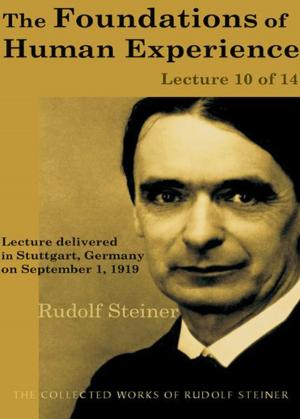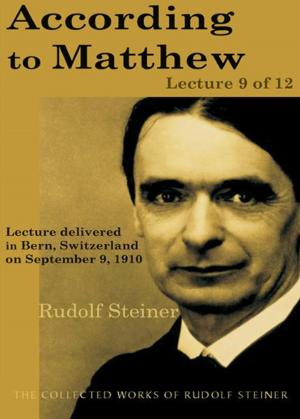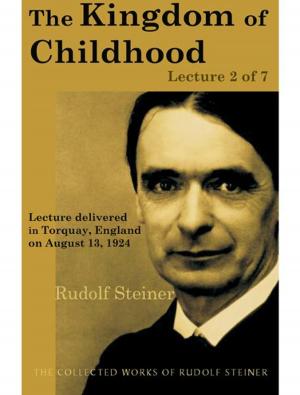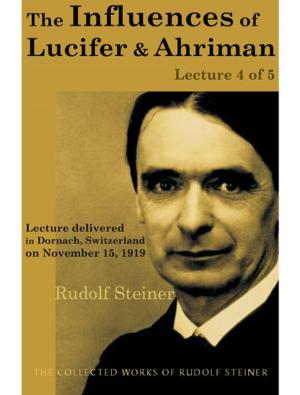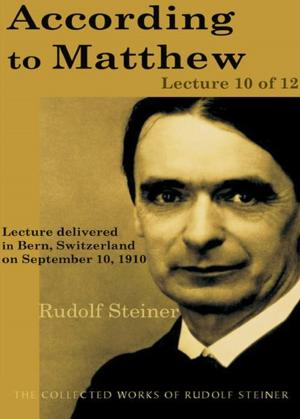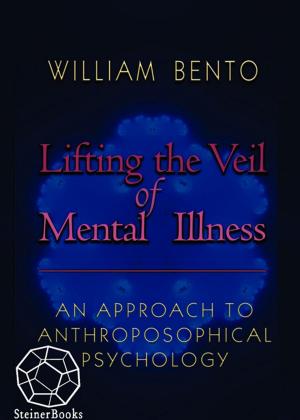| Author: | Rudolf Steiner | ISBN: | 9780880108454 |
| Publisher: | SteinerBooks | Publication: | September 1, 1997 |
| Imprint: | SteinerBooks | Language: | English |
| Author: | Rudolf Steiner |
| ISBN: | 9780880108454 |
| Publisher: | SteinerBooks |
| Publication: | September 1, 1997 |
| Imprint: | SteinerBooks |
| Language: | English |
These five talks were given during an educational conference in 1924. They are the last public lectures given by Rudolf Steiner in Germany. According to one member of his audience, "Seventeen hundred people listened to him; the prolonged applause from this great crowd at the end of every lecture was deeply moving, while at the end of the last lecture the applause became an ovation that seemed as if it would never end." This kind of adoration was the result not only of who Steiner was as an individual but of what he accomplished as well. People had already begun to realize the potential and the promise for the future that Waldorf education held out to the children of the world. The Essentials of Education, together with its companion book, The Roots of Education, present a remarkable synthesis of what Waldorf education is and what it can become. The Waldorf "experiment" had matured for five years since 1919, when Steiner helped to establish the first Waldorf school. He had guided that school from its beginning, observing very closely all that happened. As a result, he was able to distill and present the essentials of Waldorf education with elegance as well as with the urgency he felt for the coming times.
These five talks were given during an educational conference in 1924. They are the last public lectures given by Rudolf Steiner in Germany. According to one member of his audience, "Seventeen hundred people listened to him; the prolonged applause from this great crowd at the end of every lecture was deeply moving, while at the end of the last lecture the applause became an ovation that seemed as if it would never end." This kind of adoration was the result not only of who Steiner was as an individual but of what he accomplished as well. People had already begun to realize the potential and the promise for the future that Waldorf education held out to the children of the world. The Essentials of Education, together with its companion book, The Roots of Education, present a remarkable synthesis of what Waldorf education is and what it can become. The Waldorf "experiment" had matured for five years since 1919, when Steiner helped to establish the first Waldorf school. He had guided that school from its beginning, observing very closely all that happened. As a result, he was able to distill and present the essentials of Waldorf education with elegance as well as with the urgency he felt for the coming times.


